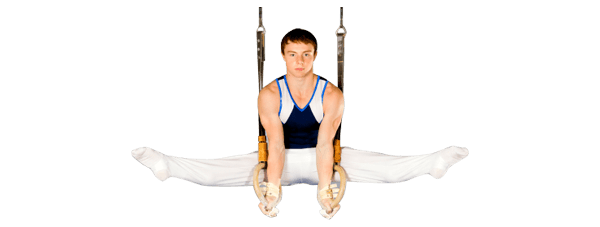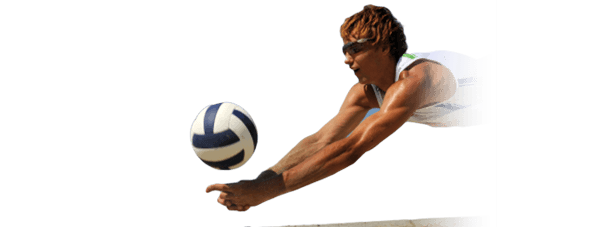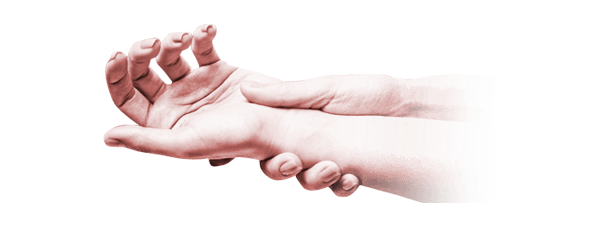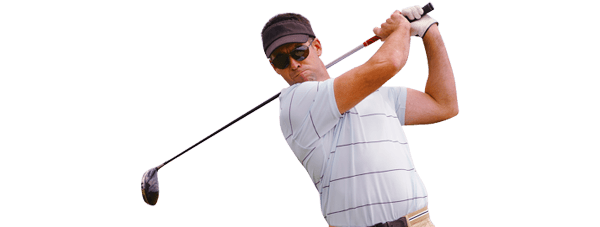Meta Phalangeal Joint
The wrist is comprised of 8 bones called carpal bones and these bones connect to 5 metacarpal bones that form the palm of the hand. Each metacarpal bone connects to one finger or a thumb and this joint is called metacarpophalangeal (MCP) joint. The MCP joint acts as a hinge with power grip and pinch grip activities.
Metacarpophalangeal joints enable the movement, bending and extension of fingers. These MCP joints are prone to normal wear and tear and other injuries.
- Metacarpophalangeal joint arthritis: Rheumatoid arthritis is the most common arthritic condition affecting the metacarpophalangeal (MCP) joint; where in the joint lining (synovium) produces chemicals that cause inflammation and destruction of the cartilage and soft tissue which may cause the fingers to drift away from the center, and the condition is called as ulnar drift. Patients with rheumatoid arthritis may experience longstanding pain, swelling, and deformity in multiple joints, a characteristic ulnar drift of their fingers with loss of motion, and straightening of the fingers. Mild anti-inflammatory medications, injection of cortisone into the finger joint may provide temporary relief. A custom finger brace or splint provide support to the finger joints. Patients with severe joint destruction may require surgery, which involves MP joint fusion or artificial joint replacement
- Ulnar collateral ligament tear: Ulnar collateral ligament (UCL) stabilizes the MCP joint during gripping of the objects. Ulnar collateral ligament tear is an injury to the UCL of the thumb. Gamekeeper’s thumb or a skier’s thumb is two common descriptive terms for injuries to the UCL
- Gamekeeper’s thumb is more commonly associated with Scottish gamekeepers (especially rabbit keepers) as a work-related injury. Gamekeeper’s sacrifice their game by breaking the animals' necks between the thumb and index finger of the gamekeeper and the ground. As a result of this force is placed on the abducted MCP joint resulting in UCL injury and causing pain, instability and weakness of the pinch grasp
- The other injury is called skier's thumb injury, an acute injury to the UCL. The patient presents with the history of sudden, abduction (pulling away) of the thumb, such as during a fall on a skiers pole with his or her hand caught in the ski pole. This causes significant stress on the UCL and when pulled far enough causes tear. Patients with these conditions present with pain, swelling, and difficulty in grasping objects
In case of partial tear, a cast or a modified wrist splint (called a thumb spica) is placed for 4 to 6 weeks. If the tear is complete, surgery may be considered.
- Metacarphophalangeal joint dislocation: Thumb MCP joint dislocation is the most common condition. Simple dislocation is dislocation with no soft tissue obstruction. Complex dislocation involves obstruction of soft tissue such as ligaments, muscles, or fascia. The MCP joint dislocations are usually caused by forced extension of the digit beyond the normal limit. Associated symptoms include pain, swelling, and metacarpophalangeal joint dysfunction. Injury can be confirmed with x-rays. A simple dislocation requires closed reduction followed by immobilization using a thumb spica splint or cast for 4 weeks. Complex dislocations require open reduction followed by immobilization for 3 to 4 weeks
- Gout in metacarpophalangeal joint: Gout is a form of arthritis and occurs when a person have higher levels of uric acid in the blood. Too much uric acid causes deposits, called uric acid crystals, to form in the fluid and lining of the joints. The result is an extremely painful attack of Arthritis. Uric acid crystal build-up is the cause of gout and long-term crystal build-up in the joints may cause deformity. Gout causes intense pain in the affected joint or surrounding tissues followed by joint inflammation. Diagnosis of gout depends on the medical history and physical examination. Aspirated fluid sample test is also performed where in the fluid from the affected joint is aspirated by inserting a needle into the joint and testing for the presence of uric acid crystals. Initial treatment includes anti-inflammatory medications, life style changes, and physical therapy. Sometimes surgery may be recommended to relieve chronic pain in damaged joints


























